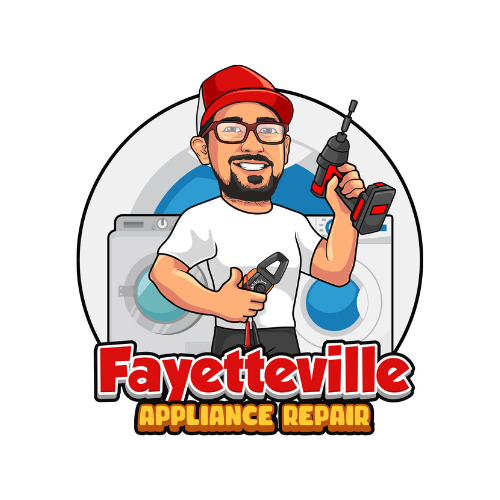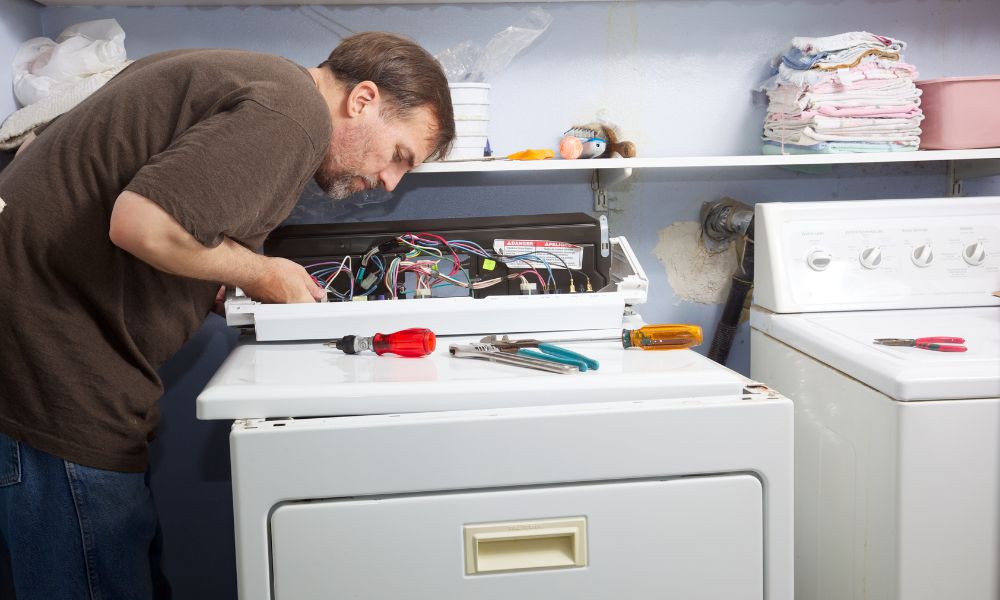Dryers are essential appliances in modern households, providing convenience and efficiency in drying clothes quickly. However, like any other household appliance, dryers are susceptible to malfunctions and breakdowns over time. Understanding common dryer issues and their solutions can help you troubleshoot problems effectively and ensure your dryer remains in optimal condition.
Common Dryer Issues
1. Failure to Start
One of the most common issues with dryers is the failure to start when the power button is pressed. This could be due to a faulty power supply, a defective door switch, or a malfunctioning timer.
2. No Heat
If your dryer runs but fails to produce heat, it may indicate a problem with the heating element, thermal fuse, or thermostat. Lack of heat can result in damp or improperly dried clothes.
3. Excessive Noise
Unusual noises such as squealing, grinding, or banging during operation can be indicative of worn or damaged dryer components, such as bearings, rollers, or belts.
4. Overheating
A dryer that overheats can pose a safety hazard and may indicate issues with the thermostat, heating element, or ventilation system. Overheating can lead to fire risks and damage to clothing.
5. Poor Drying Performance
If your dryer takes longer than usual to dry clothes or leaves them damp at the end of the cycle, it could be due to clogged vents, a faulty heating element, or improper airflow.
Troubleshooting and Solutions

1. Failure to Start
- Check Power Supply: Ensure that the dryer is plugged in and receiving power. Test the outlet with a multimeter to verify voltage.
- Inspect Door Switch: Verify that the door switch is functioning correctly by pressing it manually. Replace the switch if it’s defective.
- Test Timer: If the timer is faulty, it may prevent the dryer from starting. Test the timer with a multimeter and replace if necessary.
2. No Heat
- Inspect Heating Element: Check the heating element for visible signs of damage or breakage. Replace the element if it’s defective.
- Test Thermal Fuse: Use a multimeter to test the thermal fuse for continuity. Replace the fuse if it’s blown.
- Check Thermostat: Test the thermostat for continuity and replace it if it’s faulty.
3. Excessive Noise
- Inspect Drum Bearings: Inspect the drum bearings for wear or damage. Replace them if necessary.
- Check Rollers and Belts: Examine the rollers and belts for signs of wear or misalignment. Replace any damaged components.
4. Overheating
- Clean Vents and Ducts: Ensure that the dryer vents and ducts are free of lint and debris. Clean them regularly to prevent overheating.
- Replace Thermostat: If the thermostat is malfunctioning, replace it to prevent the dryer from overheating.
- Inspect Heating Element: Check the heating element for signs of damage or short circuits. Replace it if necessary.
5. Poor Drying Performance
- Clean Vents and Ducts: Clear any obstructions in the dryer vents and ducts to improve airflow and drying efficiency.
- Check Heating Element: Inspect the heating element for proper operation and replace it if it’s defective.
- Verify Settings: Ensure that the dryer settings are appropriate for the load size and fabric type to optimize drying performance.
Conclusion
In conclusion, addressing common dryer issues promptly can prevent inconvenience and extend the lifespan of your appliance. By understanding the underlying causes of these problems and implementing the appropriate solutions, you can keep your dryer running smoothly and efficiently. Regular maintenance, such as cleaning vents and replacing worn components, is essential for ensuring optimal dryer performance.
FAQs About Dryer Repair
- How often should I clean my dryer vents and ducts?
- It’s recommended to clean dryer vents and ducts at least once a year to prevent lint buildup and improve airflow.
- Can I repair my dryer myself, or should I hire a professional technician?
- While some dryer repairs can be DIY-friendly, such as cleaning vents or replacing filters, complex issues may require the expertise of a professional technician to ensure safety and proper repair.
- What should I do if my dryer still doesn’t work after troubleshooting?
- If your dryer continues to malfunction after troubleshooting, it’s best to contact a qualified appliance repair technician for further diagnosis and repair.
- How long does a typical dryer repair take?
- The duration of dryer repair depends on the complexity of the issue and the availability of replacement parts. Simple repairs may be completed within a few hours, while more extensive repairs may take longer.
- Is it worth repairing an older dryer, or should I invest in a new one?
- The decision to repair or replace an older dryer depends on various factors, including the extent of the damage, the cost of repairs, and the age of the appliance. A professional technician can provide guidance on whether repair is a viable option.

